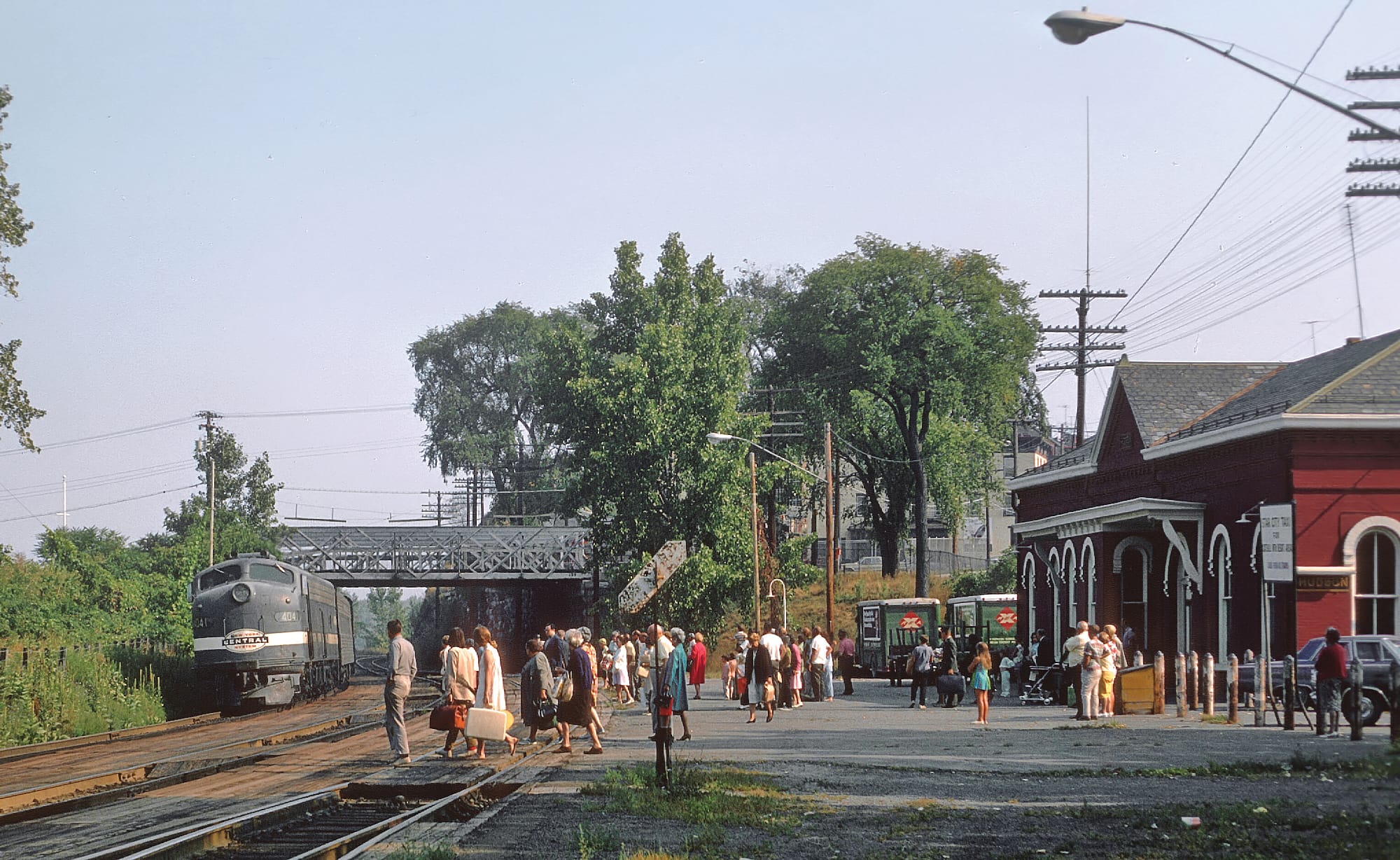
The National Register of Historic Places was established in 1966 as part of the National Historic Preservation Act and is run by the National Park Service. The National Historic Preservation Act was the first national policy on preservation. Signed into effect by President Lyndon B. Johnson, the NHPA created not only the register but also the list of National Historic Landmarks and the State Historic Preservation Offices. The NHPA became critical in shaping how historic places are valued throughout the country. In order for a property to be added to the National Register of Historic Places, it must be at least 50 years old, and be associated with a historic event, connected to the life of a significant historical figure, feature a distinctive construction or style or have the possibility to provide important archaeological or historical insight. Today, the register features more than 90,000 properties preserved for their cultural, architectural or historical impacts.
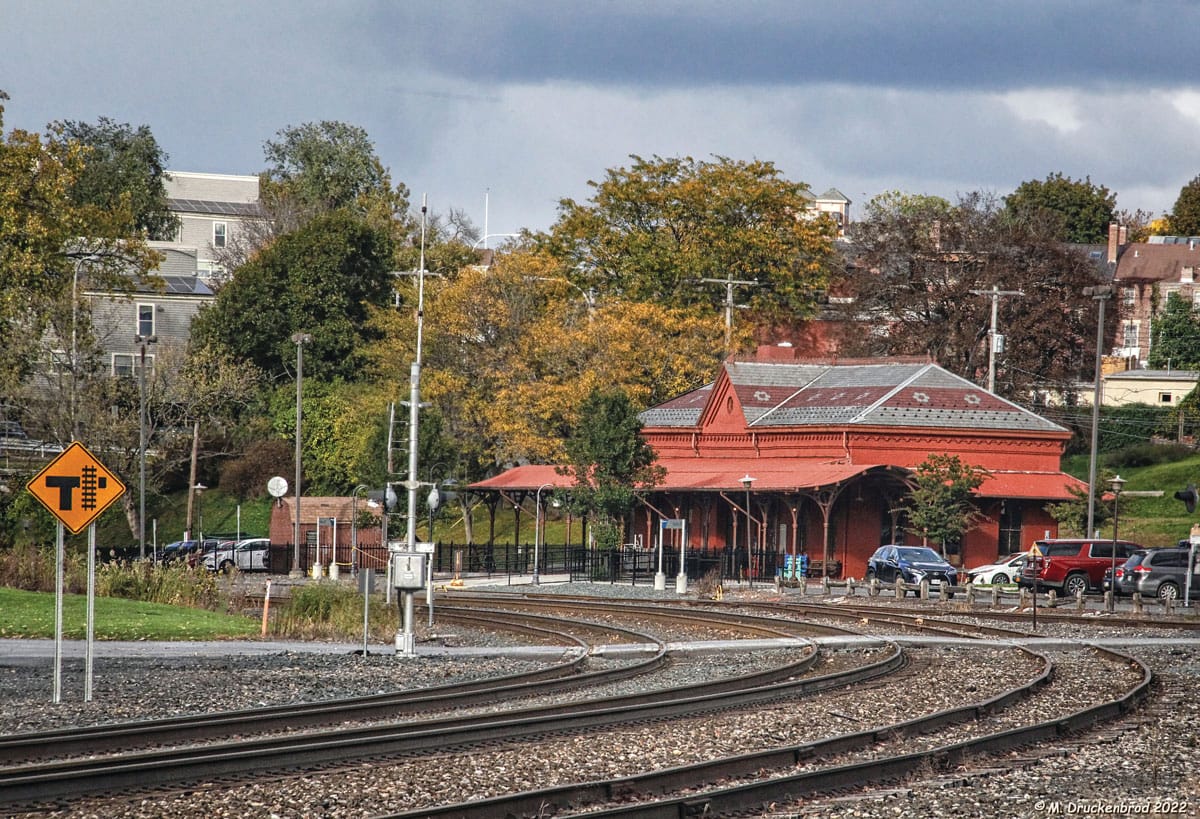
Originally built for the New York Central Railroad in 1874, Hudson Station is the oldest continuously operated station in New York State and was added to the register in 1982. In the 19th century, Hudson was growing as a port city with a strong trade economy—the railroad only serving to solidify the city as a center of industry for the Hudson Valley.
In 1971, Amtrak assumed service of trains running through this cultural mecca bursting with prime examples of historic New York architecture. The building itself is a quaint red-brick, one-story featuring an intricately designed roof, wide, overhanging eaves and tall arched windows designed in the Italianate style—one of the only surviving examples of this 150-year-old architectural style in the region. Today, the station serves the Adirondack, Ethan Allen Express, Empire Service and Maple Leaf lines.
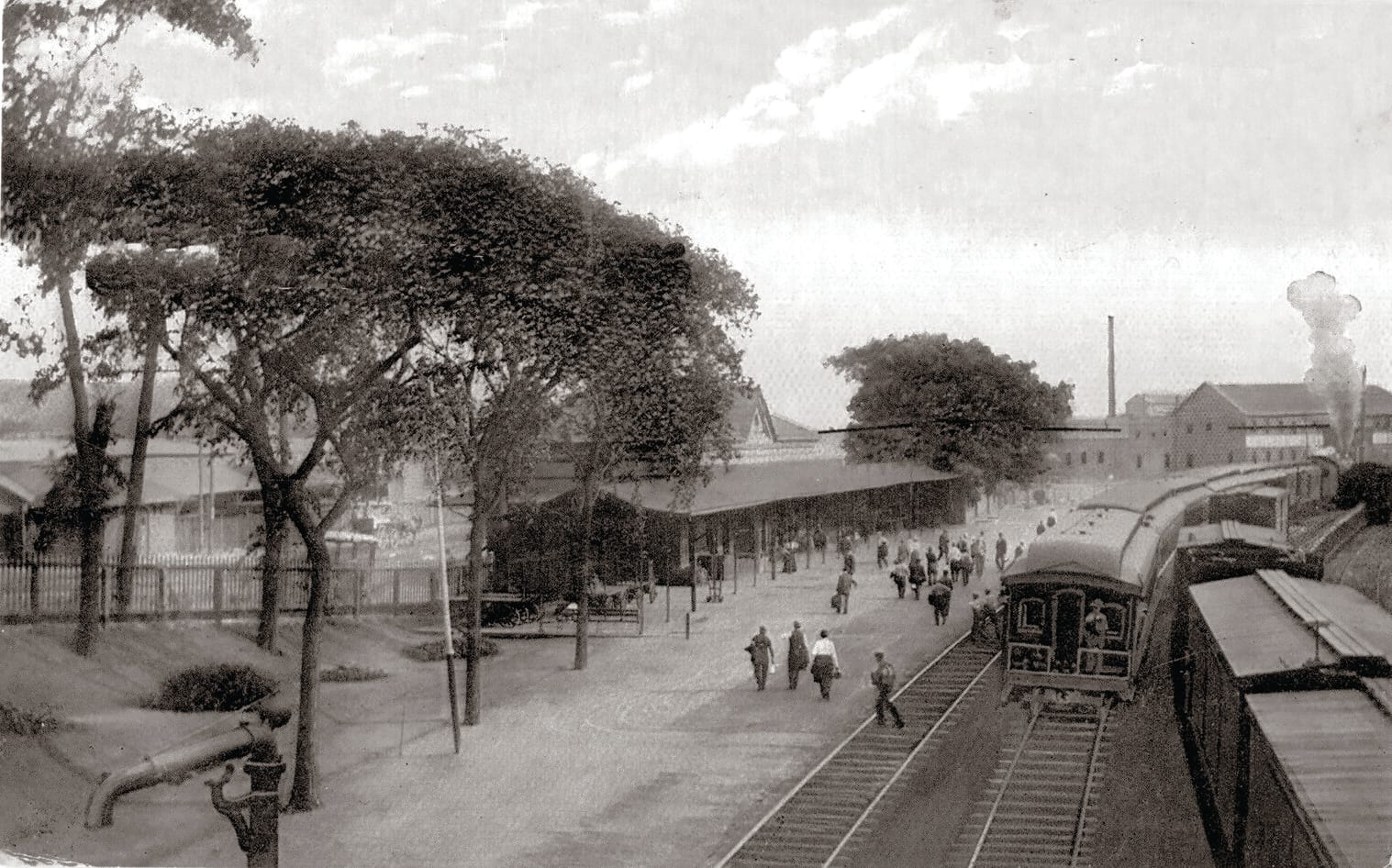
In 1971, Amtrak assumed service of trains running through this cultural mecca bursting with prime examples of historic New York architecture. The building itself is a quaint red-brick, one-story featuring an intricately designed roof, wide, overhanging eaves and tall arched windows designed in the Italianate style—one of the only surviving examples of this 150-year-old architectural style in the region. Today, the station serves the Adirondack, Ethan Allen Express, Empire Service and Maple Leaf lines.
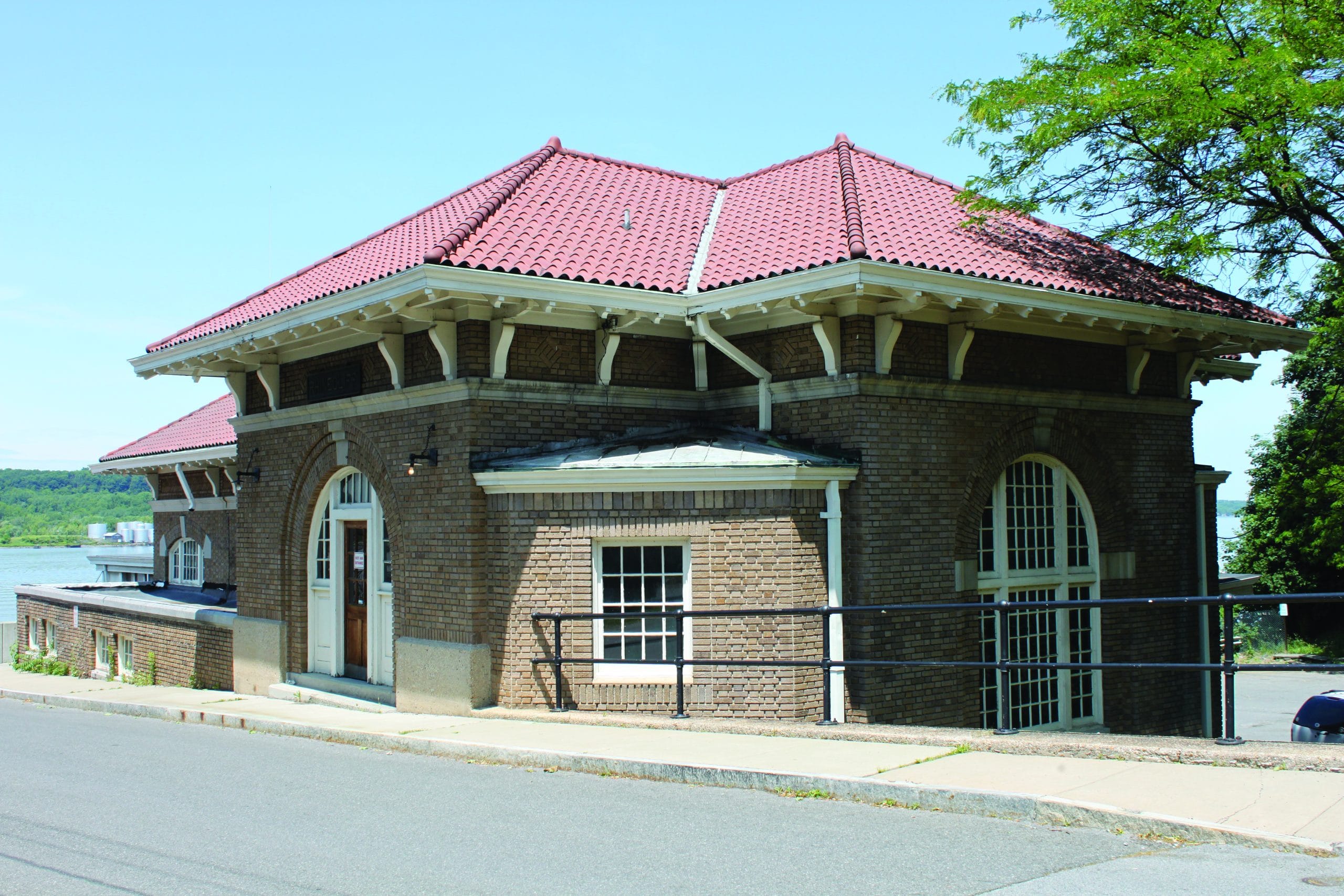
Dating back to the 1870s, the Rhinecliff station started off as a stopping point for the Rhinebeck and Connecticut Railroad. However, as traffic increased the small, one-track station became inadequate and rail company mergers left the building in disarray until 1914. The New York Central Railroad came about, and a new, larger building was constructed, designed by Warren and Wetmore, who famously designed Grand Central Terminal in Manhattan.
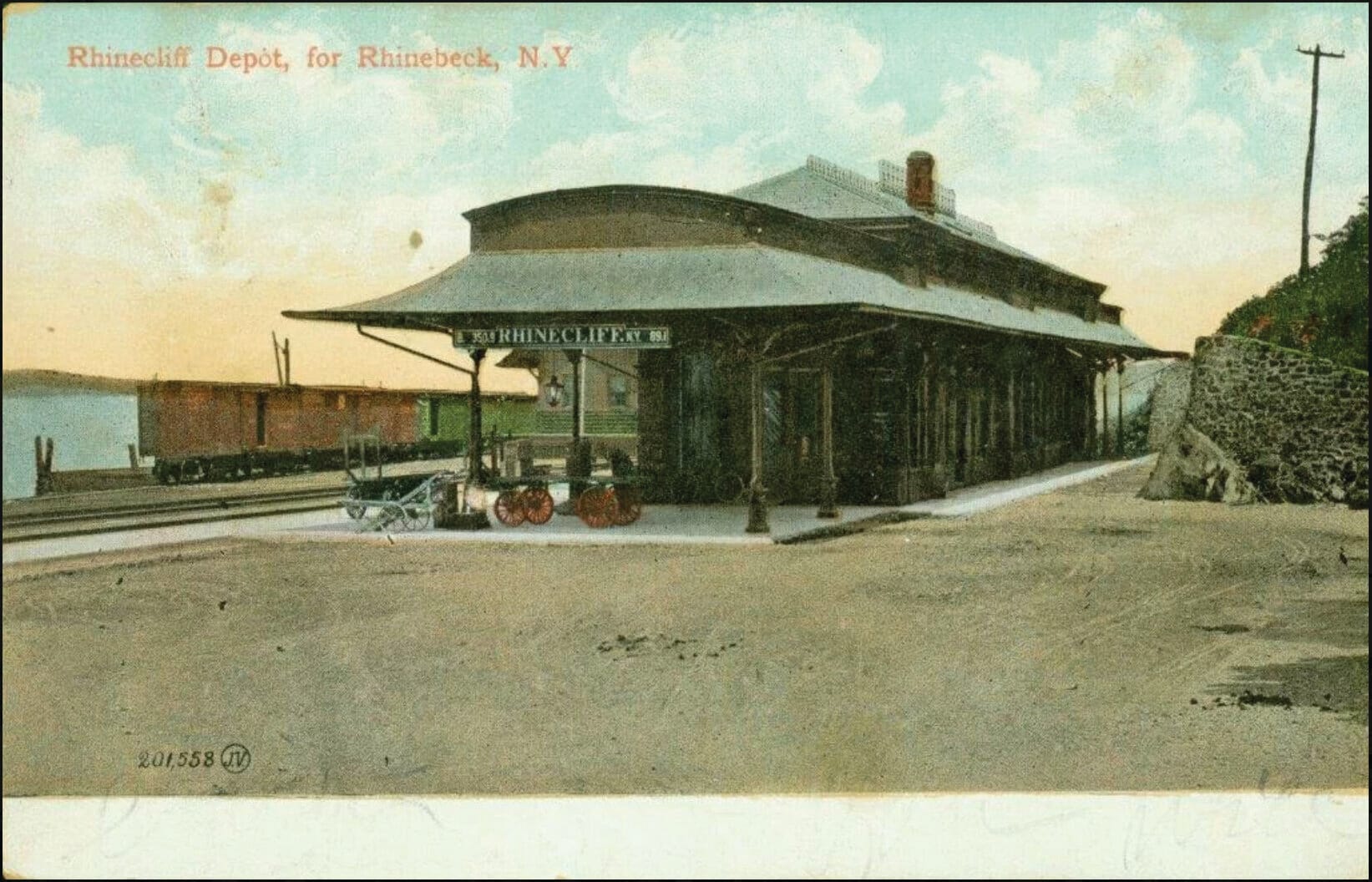
Situated on the bluff of the Hudson River, the light-brick building features large arched windows, bracket-like corbels supporting the eaves of the red clay tiled roof, a stylistic choice akin to the Mission Revival style of the 19th Century, an uncommon choice for railroad structures. Amtrak took over service in 1971 and by 1979, the station was added to the register. Travel to the station on Adirondack, Ethan Allen Express, Empire Service and Maple Leaf trains.


